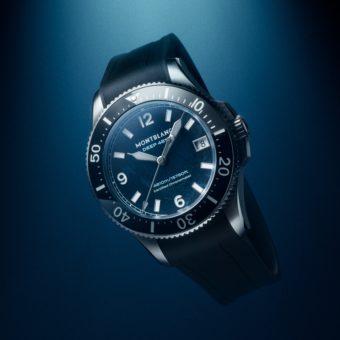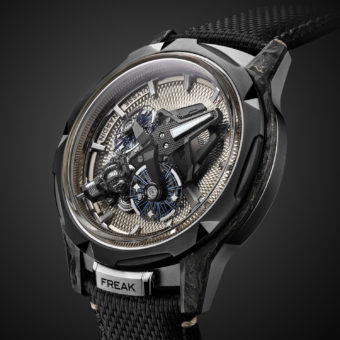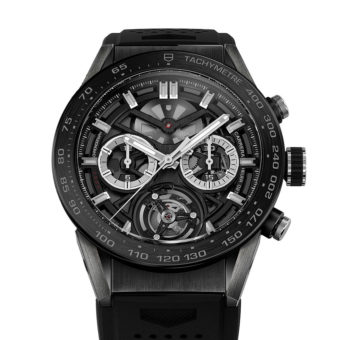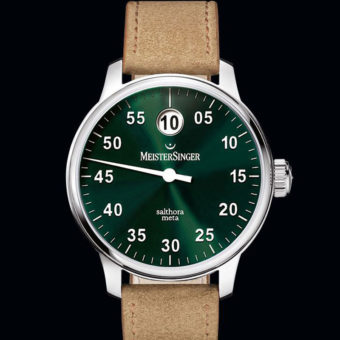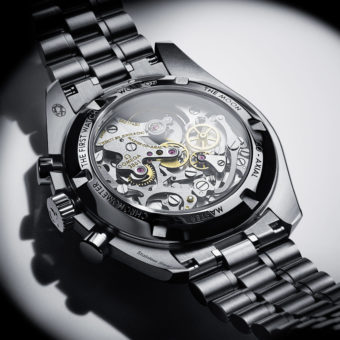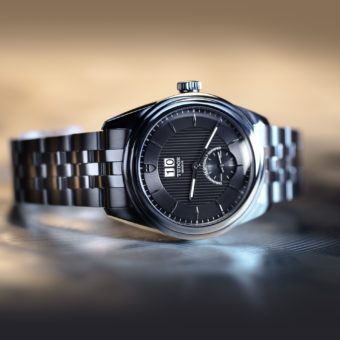
You’ve read about COSC results here recently, but how much do you know about chronometer testing and certification? Here are a dozen multiple choice and true-false questions, plus an extra-tough bonus question, to test your chronometer knowledge. Will you achieve the accuracy required to earn your certificate? Take this test in 3 positions to find out. Answers appear at the end.

1. Which of these brands submit all of their movements to COSC?
A. Breitling
B. Zenith
C. Ball Watch Co.
D. Ulysse Nardin
2. The two Swiss cities that hosted observatories that performed official chronometer tests from the mid-1800s to the mid-1900s were:
A. Neuchâtel and Le Locle
B. Zurich and Geneva
C. Bienne and La Chaux-de-Fonds
D. Geneva and Neuchâtel
3. The COSC tests:
A. Fully cased-up watches with the crystals removed.
B. Movements in cases, but with no crystals or casebacks.
C. Movements with dials and hands only.
D. Movements only
4. True or false: COSC certificates report results in 4 languages: French, German, English and Italian.
5. True or false: COSC does not test tourbillions.
6. In how many positions does COSC test movements?
A. 3
B. 4
C. 5
D. 6
7. At how many temperatures does the COSC test movements?
A. 2
B. 3
C. 4
D. 5
8. Which of these brands do not submit watches to COSC?
A. Breguet
B. Girard-Perregaux
C. A. Lange & Söhne
D. IWC
E. All of the above.
9. True or false: The German chronometer certification procedure differs from the COSC standard in that Germany tests cased-up watches.
10. Everyone knows the “chronometer standard” numbers -4 to +6 seconds. What do these numbers refer to?
A. Mean daily rate in 5 positions.
B. Maximum allowed variation in 5 positions.
C. The average difference between the flat and vertical positions.
D. The greatest difference between the mean daily rate and any of the individual rates.
11. Where is Germany’s chronometer testing facility located?
A. Berlin Observatory
B. Munich Observatory
C. Heidelberg Observatory
D. Glashütte Observatory
12. To earn the Patek Philippe seal, a watch with a caliber greater than 20mm in diameter must be accurate to within:
A. -2 to +3 seconds per day
B. -3 to +4 seconds per day
C. -3 to + 2 seconds per day
D. None of the above.
Bonus question: Which standard governs COSC mechanical movement tests?
A. ISO 3159
B. DIN 8319
C. ISO 3158
D. ISO 1553
ANSWERS:
1. A and C
2. D
3. C
4. False. They are in French, German, English and Spanish.
5. False
6. C – Dial up, dial down, and three vertical positions
7. B – 8C/46F, 23C/73F and 38C/100F
8. A, C and D
9. True
10. A
11. D
12. C
Bonus question: A

